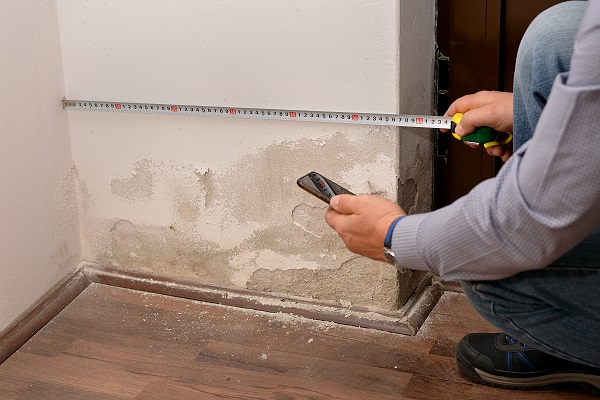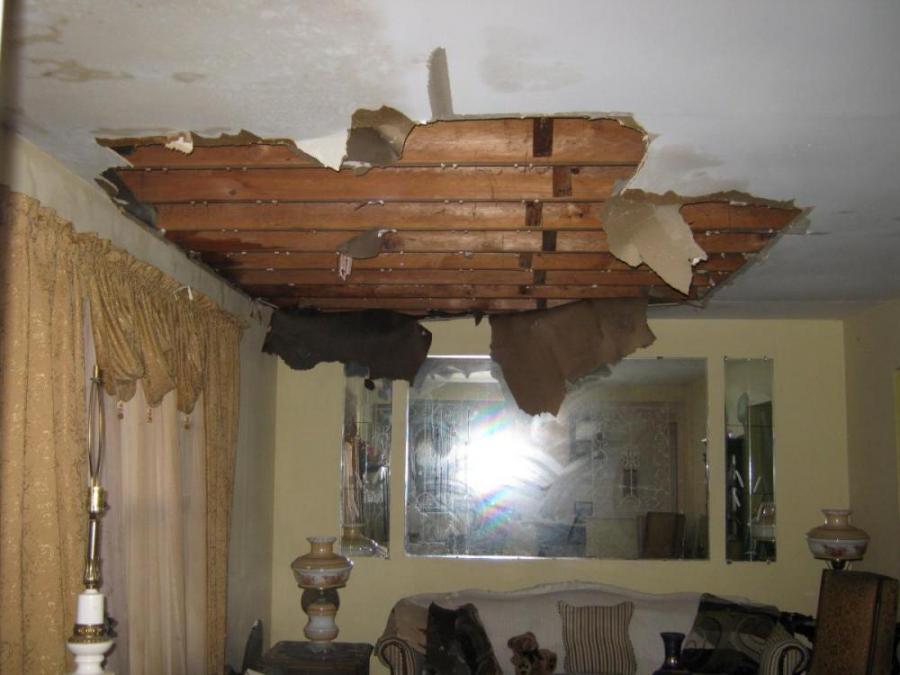Do's & Don'ts of Water Damages.
Do's & Don'ts of Water Damages.
Blog Article
They are making several good points on 5 Home Safety Tips To Reduce The Risk Of Fire And Water Damage overall in this article below.

Water gives life, water breach on parts where it's not expected to be can result in damages. If the water saturates into your framework, it can peel away surface areas as well as erode the structure. Mold and mildew and mold also thrive in a damp environment, which can be hazardous for your health. Residences with water damages scent musty and also old.
Water can come from several resources such as typhoons, floodings, ruptured pipes, leaks, and also sewage system problems. In case you experience water damage, it would certainly be good to know some safety precautions. Below are a few guidelines on how to deal with water damages.
Do Prioritize House Insurance Protection
Water damage from flooding because of heavy winds is seasonal. Nevertheless, you can additionally experience an unexpected flooding when a faulty pipe suddenly breaks right into your house. It would certainly be best to have home insurance policy that covers both disasters such as natural tragedies, as well as emergency situations like damaged plumbing.
Don't Neglect to Turn Off Energies
This cuts off power to your entire house, protecting against electric shocks when water comes in as it is a conductor. Don't fail to remember to transform off the main water line valve.
Do Keep Proactive and Heed Weather Condition Signals
Listen to evacuation warnings if you live near a creek, river, or lake. Doing so lowers possible building damages.
Don't Neglect the Roof
Prior to the weather condition turns shocking, make certain you have a roofing inspection. Actually, it would be prudent to obtain this service every year as it can mitigate intricate issues. If there are no holes and leaks in your roofing, you can stay clear of rain damage. Your roofing professional will certainly additionally take care of defective rain gutters or any other indications of weakening. This will certainly stop water from streaming down your walls and also saturating your ceiling.
Do Focus On Small Leakages
A ruptured pipe does not happen over night. Usually, there are warnings that show you have compromised pipelines in your home. You might see bubbling paint, peeling wallpaper, water streaks, water spots, or leaking audios behind the wall surfaces. At some point, this pipe will burst. Preferably, you must not wait on things to escalate. Have your plumbing fixed prior to it results in enormous damage.
Do Not Panic in Case of a Ruptured Pipe
Maintaining your clearheadedness is essential in a time of dilemma. Panicking will just compound the issue because it will certainly stifle you from acting quickly. Timing is essential when it comes to water damages. The longer you wait, the more damage you can anticipate. Thus, if a pipe bursts in your home, quickly shut off your main water valve to cut off the source. Then disconnect all electric outlets in the location or turn off the circuit breaker for that part of your house. Call a trusted water damage restoration specialist for help.
Water gives life, water invasion on components where it's not intended to be can result in damages. Residences with water damage smell old and also stuffy.
Water damages from flooding charges to hefty winds is seasonal. You might discover gurgling paint, peeling wallpaper, water touches, water stains, or dripping sounds behind the walls. When it comes to water damage, timing is vital.
Some Do's & Don't When Dealing with a Water Damage
DO:
Make sure the water source has been eliminated. Contact a plumber if needed. Turn off circuit breakers supplying electricity to wet areas and unplug any electronics that are on wet carpet or surfaces Remove small furniture items Remove as much excess water as possible by mopping or blotting; Use WHITE towels to blot wet carpeting Wipe water from wooden furniture after removing anything on it Remove and prop up wet upholstery cushions for even drying (check for any bleeding) Pin up curtains or furniture skirts if needed Place aluminum foil, saucers or wood blocks between furniture legs and wet carpet Turn on air conditioning for maximum drying in winter and open windows in the summer Open any drawers and cabinets affected for complete drying but do not force them open Remove any valuable art objects or paintings to a safe, dry place Open any suitcases or luggage that may have been affected to dry, preferably in sunlight Hang any fur or leather goods to dry at room temperature Punch small holes in sagging ceilings to relieve trapped water (don't forget to place pans beneath!); however, if the ceiling is sagging extremely low, stay out of the room and we'll take care of it DO NOT:
Leave wet fabrics in place; dry them as soon as possible Leave books, magazines or any other colored items on wet carpets or floor Use your household vacuum to remove water Use TV's or other electronics/appliances while standing on wet carpets or floors; especially not on wet concrete floors Turn on ceiling fixtures if the ceiling is wet Turn your heat up, unless instructed otherwise

Do you really like reading up on Fire And Water Damage Prevention? Place a comment down the page. We would be interested to see your suggestions about this entry. Hoping to see you back again in the near future. I beg you take a moment to promote this page if you liked it. Thank you for your time spent reading it.
Report this page